The Sheffield General Cemetery is one of the first of England’s first commercial cemeteries founded as a private burial place for religious Nonconformists in the 1830s. Closed for burials in the 1970s, it is now a public park and a Grade II* listed Registered Park and Garden with three Grade II* and seven Grade II listed buildings and monuments.
On its completion and opening in 1836, it was described in the General Cemetery Company’s minutes as ‘a delightful spot for the perambulations of the living, and a safe depository for the dead’. The stories of its residents reflect changing social attitudes to death and burial over two centuries. They provide an insightful and unconventional biography of Sheffield and its people.
Today, the Cemetery’s combination of architecture, sculpture, landscape design, and ecology continue to make it a fascinating place to visit. The later years of the 20th century, when the cemetery was unused and allowed to decay, have resulted in a haven for wildlife. The Cemetery is now protected through its status as a recognised Local Nature Reserve.
The Cemetery was developed with two distinct areas – the original 1836 Nonconformist area to the west of the site, with its snaking paths, gatehouse, catacombs and chapel remains largely intact. The 1850 Anglican area was added to provide a more uniform, standard burial site and has now mostly been cleared of gravestones to provide open green space. The contrasting styles of the two areas can be seen by comparing the classical design of the Samuel Worth Chapel with the later neo-Gothic Anglican chapel.
-
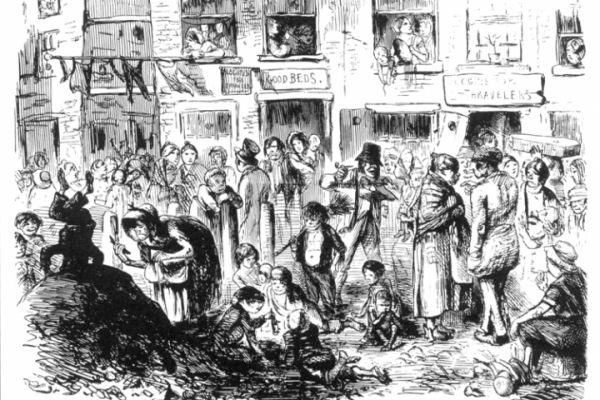
Historical Context
The General Cemetery was founded as a response to a variety of social concerns in Sheffield during the first half of the 19th Century. These included: the need for sanitary disposal of the dead, increasing religious radicalism, and specific pressures created by the expansion of Sheffield’s population. Burial was also seen as a potentially profitable...
-
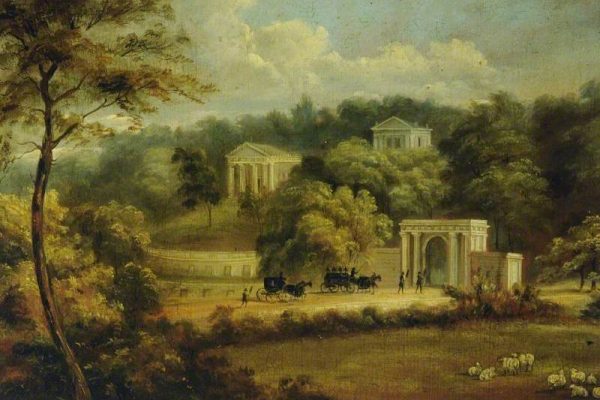
A Garden of The Dead
The original layout of the General Cemetery was inspired by stylistic and practical changes in garden and landscape design over the course of the 19th Century. The picturesque style was adopted for the specific purpose of a cemetery: a garden of the dead.
-
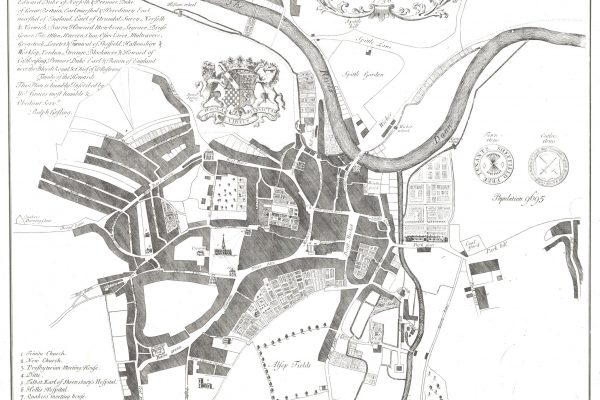
Formation of the General Cemetery Company
The Sheffield General Cemetery Company was formed after a meeting in 1834 by twenty-four of Sheffield’s most influential townsmen. There were several reasons for developing a new cemetery. Firstly, in response to public health needs. One of those involved was Asline Ward, the Chair of the Sheffield Board of Health which had been established in...
-
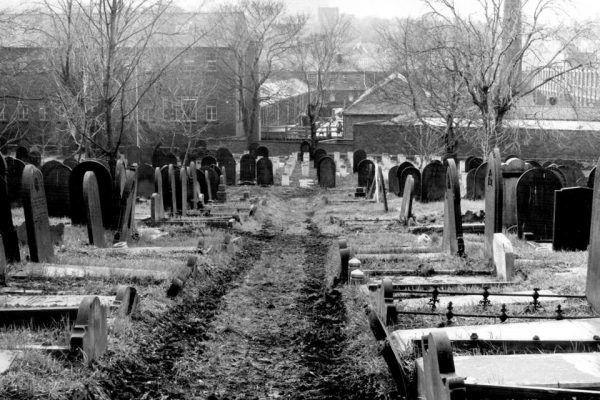
Cemetery Management 1850s – 1960s
The overall layout of the General Cemetery was finally established by 1856. This was maintained well into the 20th Century. The Cemetery faced ongoing challenges including increasing costs of materials and labour as well as threats both natural and human-made.
-
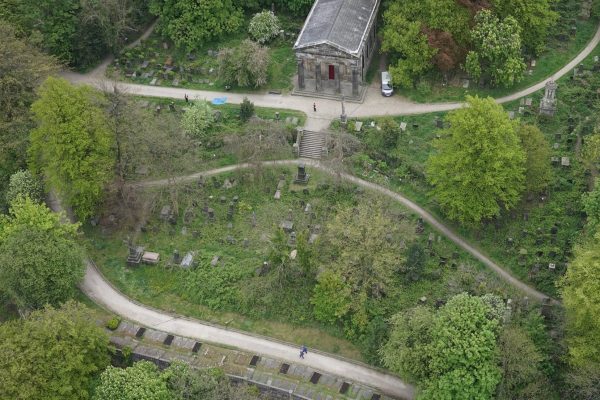
Revival of The Cemetery
Conversion to a Public Park In 1974, Sheffield City Council attempted to take over the site and end its use as a burial site. This attempt was further complicated by the problem of private grave ownership. In 1976, Evans Limited (the parent company of Boden) offered the Cemetery for free to the Council. An Act...



